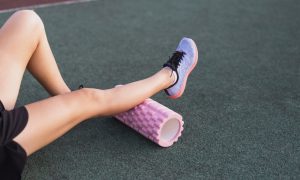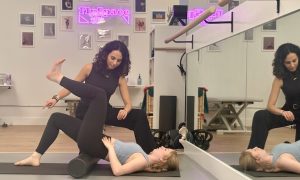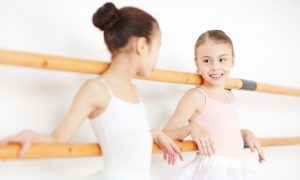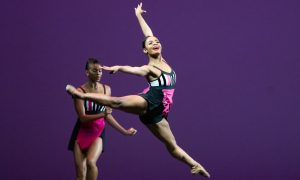“I want more energy, lower injury risk and a healthy weight.” As a registered dietitian who has been working with elite level dancers for over 10 years, these are the most common concerns I hear voiced. Dancers are always looking for what to eat or what supplement to take to achieve their goals. Many people don’t realize, however, that when you eat, meal and snack timing, can be equally or even more important than what you eat. It’s time for dancers to accept that often their busy schedule is the real culprit behind their healthy diet sabotage, not lack of discipline. Dancers are some of the most disciplined people I know, but they don’t always take the time to plan out and pack their meals and snacks when leaving for a busy day. This can be addressed with a little scientific knowledge and a little planning for bringing your food with you in a busy life. Dancers are often surprised at the dramatic impact making a few changes to their meal and snack timing can produce. It’s not hard, but it takes a little effort.
Providing enough calories from a variety of foods at carefully planned intervals, especially when dancing or exercising (about every 2-3.5 hrs), will give the body the fuel it needs to perform its best. Adequate fuel, preferably from carbohydrates when exercising, results in higher jumps, more endurance and can change body composition for the better.
It’s much easier to achieve higher muscle mass and lower body fat percentage when eating in a grazing pattern or eating smaller, more frequent meals and snacks. Being in an energy-deficit state, even just skipping breakfast, results in the body having to find fuel from breaking down its own tissues to turn into energy. So a dancer would actually end up lowering muscle tissue by regularly being in a state of poor energy intake (not enough food). What happens after we go for too long without eating? We get really hungry! It’s only natural. After being in an energy-deficit state, it’s not uncommon for a person to then overeat, resulting in increased body fat stores. This pattern of starvation followed by overeating is a big reason that dancers gain excess weight over time, have less strength and potentially more injuries.
Start with a good breakfast, and eat more often.
The best way to achieve that long, lean dancer body that is strong, energetic and injury-free is to eat. Ideally breaking up eating episodes into 6-7 per day as opposed to only 3 per day. Don’t exercise on an empty stomach.
Let’s look at an example female professional dancer who needs about 2,100 calories per day. (This is just an illustration, and actual caloric needs vary widely between dancers.)
Breakfast (7:45am): 350 calories
Pre-class snack (9:30am): 100 calories
Post-class snack (11:10am): 250 calories
Lunch (2:30pm): 550 calories
Afternoon snack (5pm): 150 calories
Dinner (7:30pm): 600 calories
Evening snack (9:30pm): 100 calories
Reduce injury risk with meal timing.
Energy deficits from poor management of energy balance increases rates of amenorrhea (lack of a period in a female) and injury. Amenorrhea is linked to lower bone mineral density, which increases risk for stress fractures. Inadequate energy intake prior to class and rehearsals significantly increases fatigue. Fatigued muscles change jump landing biomechanics, and compromise the ability to protect knees and ankles in jump landings, especially when landing on one leg. While fatigue is a normal part of dancer life, it can be lessened by eating a small snack before class, preferably with carbohydrates. Examples include a banana, a peanut butter sandwich, sweet potato bites, energy rolls, oatmeal, quinoa with vegetables or simply a sports bar with carbohydrates. At the very least, dancers can sip on a sports beverage that has a carbohydrate source in it if they’re in the middle of rehearsals and can’t eat a quick snack. The bottom line is that exercising without any fuel in the tank results in increased injury risk and doesn’t help weight management.
 By Emily C. Harrison MS, RD, LD of Nutrition for Great Performances.
By Emily C. Harrison MS, RD, LD of Nutrition for Great Performances.
Emily Cook Harrison MS, RD, LD
Emily is a registered dietitian and holds both a bachelor’s and master’s degree in nutrition from Georgia State University, USA. Her master’s thesis research was on elite level ballet dancers and nutrition and she has experience providing nutrition services for weight management, sports nutrition, disordered eating, disease prevention, and food allergies. Emily was a professional dancer for eleven years with the Atlanta Ballet and several other companies. She is a dance educator and the mother of two young children. She now runs the Centre for Dance Nutrition and Healthy Lifestyles. She can be reached at emily@dancernutrition.com
www.dancernutrition.com















